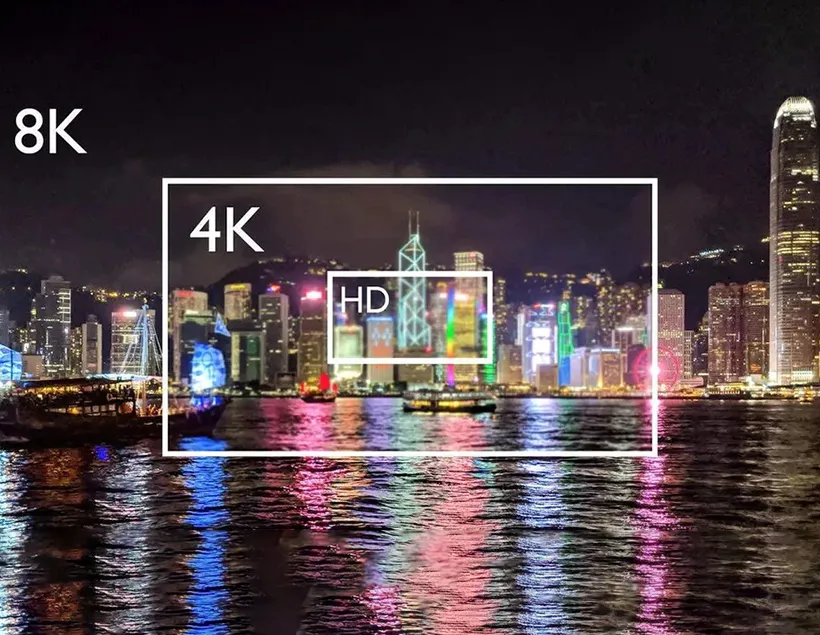Introduction
Learn the differences between single-mode and multi-mode fibers, OM/OS classifications, and practical selection tips.
This guide helps you choose the right fiber optic cable for home networks, enterprise systems, or data centers。

Overview: Why Understanding Fiber Optic Cable Types Matters
Different types of fiber optic cables vary in core diameter, mode (single-mode or multi-mode), transmission distance, attenuation, environmental durability, and cost.
Choosing the correct type can save money, improve performance, and minimize future upgrade costs.
Basic Classification Dimensions
- By Mode: Single-Mode (SMF) vs. Multi-Mode (MMF)
- By Standard: OS1 / OS2 for single-mode, OM1 / OM2 / OM3 / OM4 for multi-mode
- By Structure: Indoor (tight-buffered), Outdoor (loose-tube), Armored, ADSS (self-supporting aerial)
- By Application or Material: FTTH, Submarine cables, Plastic Optical Fiber (POF), Sensing-grade fibers, etc.
Top 10 Recommended Fiber Optic Cable Types
- Single-Mode Fiber: OS1 / OS2 (Indoor / Outdoor Premium Grades)
The single-mode fiber core is very thin (about 8–10 µm), suitable for long-distance transmission, backbone networks, and metropolitan area networks. - Multi-Mode Fiber: OM4 (Data Centers & High-Bandwidth Short-Range Use)
Laser-optimized multi-mode fiber supporting 10G / 40G / 100G high-speed links over short distances. - Multi-Mode Fiber: OM3 (Balanced Performance and Cost)
OM3 is the predecessor of OM4 and remains widely used for network upgrades where budget is limited. - Traditional Multi-Mode: OM1 / OM2 (Legacy and Short-Range Use)
Common in older buildings and legacy systems — suitable for maintaining existing connections or short, low-speed links. - FTTH / FTTP Cables:Designed for Fiber-to-the-Home (FTTH) or Fiber-to-the-Premises (FTTP) applications.
These cables feature protective jackets and easy-termination designs for simplified installation in residential or small-office environments. - Outdoor Loose-Tube Cables:Designed for underground or outdoor installation, featuring loose-tube construction with water-blocking gel or fillers. Resistant to temperature changes and humidity.
- ADSS (All-Dielectric Self-Supporting) Aerial Cables:Can be directly strung between poles or power lines without metal support.
High tensile strength, lightweight, and resistant to electromagnetic interference (EMI). - Armored Fiber Cables:Protected by a metal or non-metal armor layer, offering superior resistance to crushing, rodents, and mechanical damage. Ideal for industrial or outdoor environments.
- Submarine / Underwater Fiber Cables:Used for intercontinental or cross-sea connections, built with multiple protective layers and high fiber counts.
Extremely reliable but also very costly to install and maintain. - Specialty Fiber Cables:Includes polarization-maintaining (PM) fibers, erbium-doped fibers (EDFA), and distributed sensing fibers (DTS/DAS) for scientific, sensing, or industrial applications.

